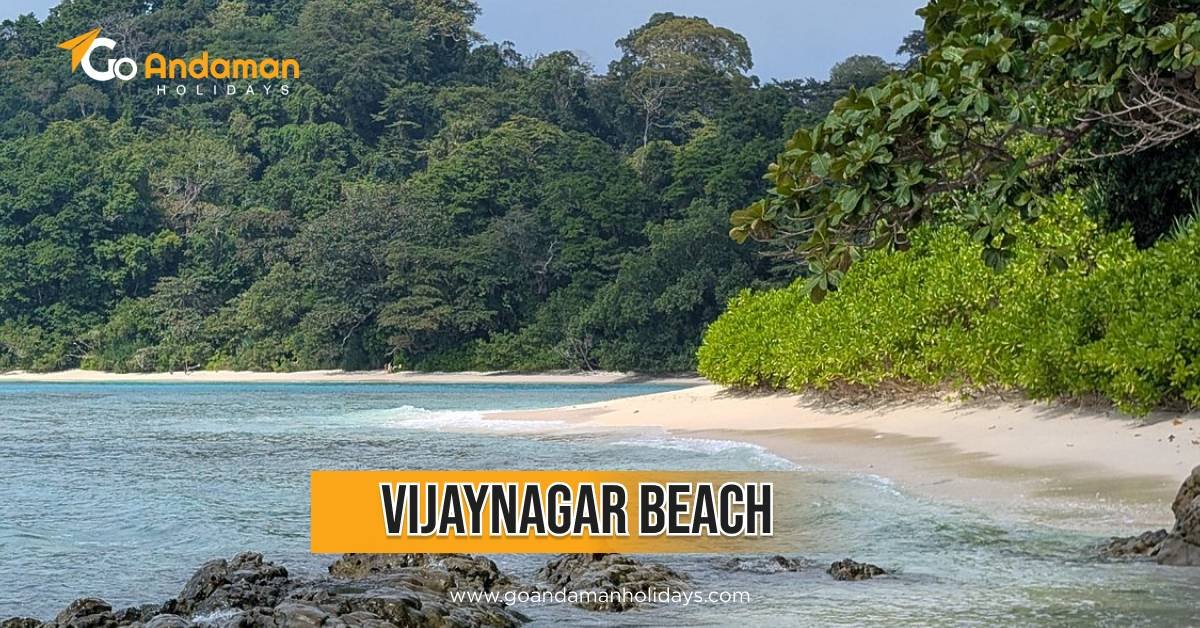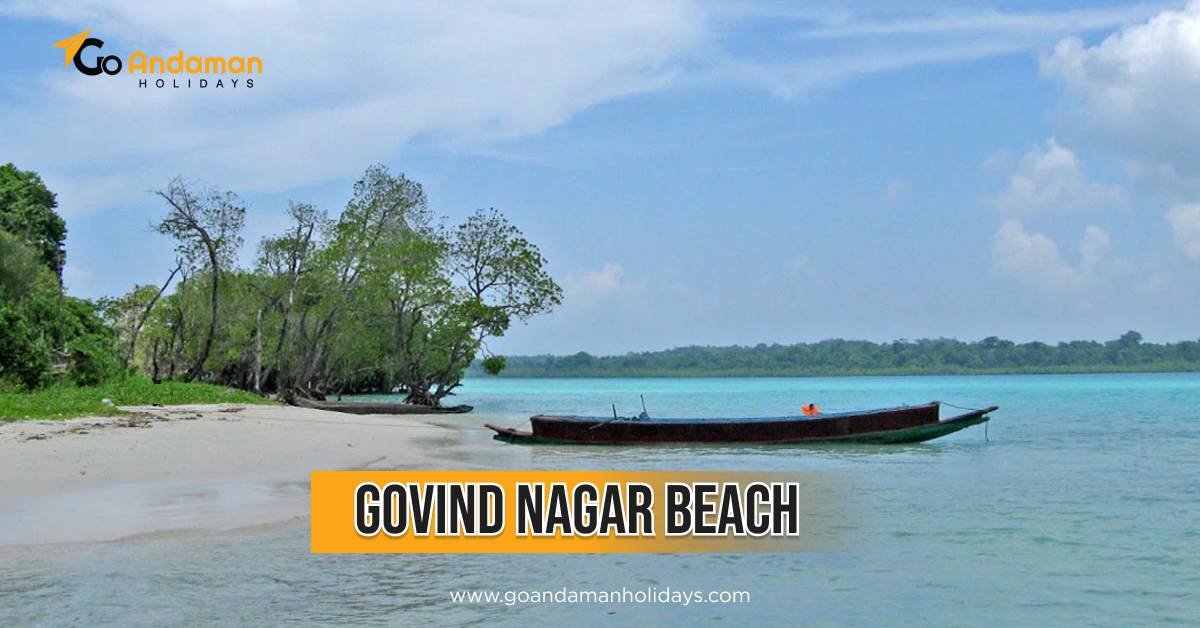
- Suresh Kumar
- 27-05-2025
- 0 Comments
Worst Time to Visit Andaman: Months to Avoid for a Smooth Trip
The Andaman and Nicobar Islands known as India’s piece of paradise are famous for the blue sea and the white sand and the quiet beaches making it look like a dream. The coral reefs and the small green islands feel like something from a movie but not every month is good for visiting and so the time you choose can make or break your trip. If you go during the wrong season your beautiful vacation can become full of problems.
This article will tell you the worst months to visit Andaman and why you should avoid them and how Go Andaman Holidays ensures your vacation stays smooth and memorable — even if you’re traveling during the off-season.
Why Weather and Timing Matter in Andaman
Andaman is a group of islands far from the mainland. The weather here changes fast and when it gets bad it causes real trouble. Heavy rain and strong wind can cancel flights and ferries. Some islands become unreachable. Water sports stop and even sightseeing becomes hard. So knowing the right time to visit is very important for a safe and happy trip. However Go Andaman Holidays constantly keeps a check on the weather reports to ensure a safe travelling experience for you.
Understanding Andaman’s Seasons
- March to May : During summer the weather is hot and sunny but it is good for water sports and sightseeing.
- June to September : Heavy rain and rough sea. Most activities stay closed.
- October to November : Some rain and cloudy weather. The islands start to recover.
- December to February : Cool and pleasant. The best time for tourists.
The Worst Time to Visit Andaman: June to September
1. Too Much Rain and Humidity
From June to September the islands get heavy rain almost every day. The air feels sticky and humid. It is hard to walk on the beaches as they become wet and slippery. The sky stays cloudy and you cannot see the sunset. Clothes take forever to dry and the mood becomes dull.
2. Water Sports Closed
If you plan to go diving snorkeling or jet skiing this is not the time. The sea becomes rough and unsafe. Underwater visibility gets poor and most private tour operators shut down. The main fun part of the Andaman trip is lost.
3. Ferry and Flight Delays
Ferries are the most convenient way of getting around the island. During monsoon they often stop running. Flights also get delayed or cancelled because of bad weather. Some remote islands like Little Andaman stay cut off for days. This can mess up your whole plan and bookings.
4. Cyclone Danger
The Bay of Bengal often faces cyclones during this season. Even the warning of a cyclone can stop all travel. You might have to stay in Port Blair or even leave early. It is not safe or relaxing during this time.
However if you visit Andaman during this period let Go Andaman Holidays handle your travel itinerary for they will offer you with constant weather reports and rebooking support.
Post Monsoon Season (October to Early November): Still Not the Best
By October the rain starts to fade but the weather still changes quickly. One day it is sunny and the next it rains again. It is not easy to plan outdoor trips.
1. Uncertain Weather
It may start clear in the morning but pour heavily by noon. This makes sightseeing and beach plans hard.
2. Limited Services
After the long rain many hotels and water sports centers take time to reopen. Some are still repairing boats and buildings. Ferries and guides may not be fully available yet.
3. Muddy Roads and Delays
Many roads stay muddy and broken after months of rain. You may face waterlogging or blocked routes while going to other parts of the islands.
In case you are travelling during these seasons try to keep your trips short and rely on local transports to avoid any kind of delay.
Quick Summary: Months to Avoid in Andaman
- June : Start of heavy rain and rough sea. Beaches become muddy.
- July : Heaviest rainfall and cyclone risk. Most activities closed.
- August : Still rainy and humid. Unsafe for water sports.
- September : Rains slow down but sea still rough and cloudy.
- October (early) : Weather still unpredictable and not ideal for beaches.
Why You Should Not Visit During Off Season
- It is true that hotels and flight prices are low in the off season but it is not worth it. The rain and humidity make it hard to enjoy the islands. You may be stuck indoors and miss most of the main attractions.
- There is limited help during emergencies. During heavy rain it can be hard to reach hospitals or the mainland. Flooded roads and cancelled ferries delay medical help. This might endanger the lives of kids and senior citizens.
In case of any emergencies Go Andaman Holidays offers constant local support and safe hotel options. They can also reschedule your trip according to your convenience.
The Best Time to Visit Andaman
If you want to enjoy the beauty of Andaman choose the dry months.
December to February – The Best Time
The weather is cool and dry. The sea is calm and clear. You can go diving snorkeling or island hopping without worry. Ferries and tours work regularly and sunsets look beautiful.
March to May – Still Good
It is slightly warm but still dry. You can do all water sports and enjoy fewer crowds. Prices are lower than in winter and beaches are peaceful.
Tips for Visiting During Off Season
If you must visit during bad weather here are some things to do.
- Stay in Port Blair – It has better hotels restaurants and medical help.
- Do Indoor Activities – Visit Cellular Jail Anthropological Museum and Samudrika Museum. Watch the light and sound show.
- Avoid Long Sea Rides – Take short trips to nearby islands only if the weather allows.
- Booking Flexibly – Choose hotels and flights through Go Andaman Holidays that allow date changes or refunds in case plans change.
FAQs
Q1.Which month to avoid in Andaman?
Avoid May to September. These months bring heavy rain and storms that disturb travel and water activities.
Q2.What is the rainy season in Andaman?
Andaman gets rain from both southwest and northeast monsoons. The main rainy season is from May to September but showers can continue from November to January.
Q3.Why you should not visit Andaman during monsoon?
Because heavy rain and strong winds can cancel ferries and flights. You cannot enjoy beaches or water sports safely.
Q4.Which is the cheapest month to visit Andaman?
May to September is the time when flight tickets are cheapest.
Q5.Which month is the best for a trip to Andaman?
December to February is the best time to visit Andaman because the weather is pleasant and you can enjoy numerous water sports.
Q6.Which is the most crowded month for a trip to Andaman?
Andaman experiences the highest tourist influx from November to May which is also the peak tourist season.
Q7.Which is considered the off season for a trip to Andaman?
June to August is considered the off season in Andaman for the weather is very unpredictable during that time.
Conclusion
The Andaman is a paradise on earth but it is very important to visit it during a pleasant weather. The months from June to September are the worst to visit. You will face rough sea and travel troubles.
If you want blue skies and calm water and open beaches visit between December and May. You will enjoy the true beauty of Andaman with clear water and peaceful evenings.




